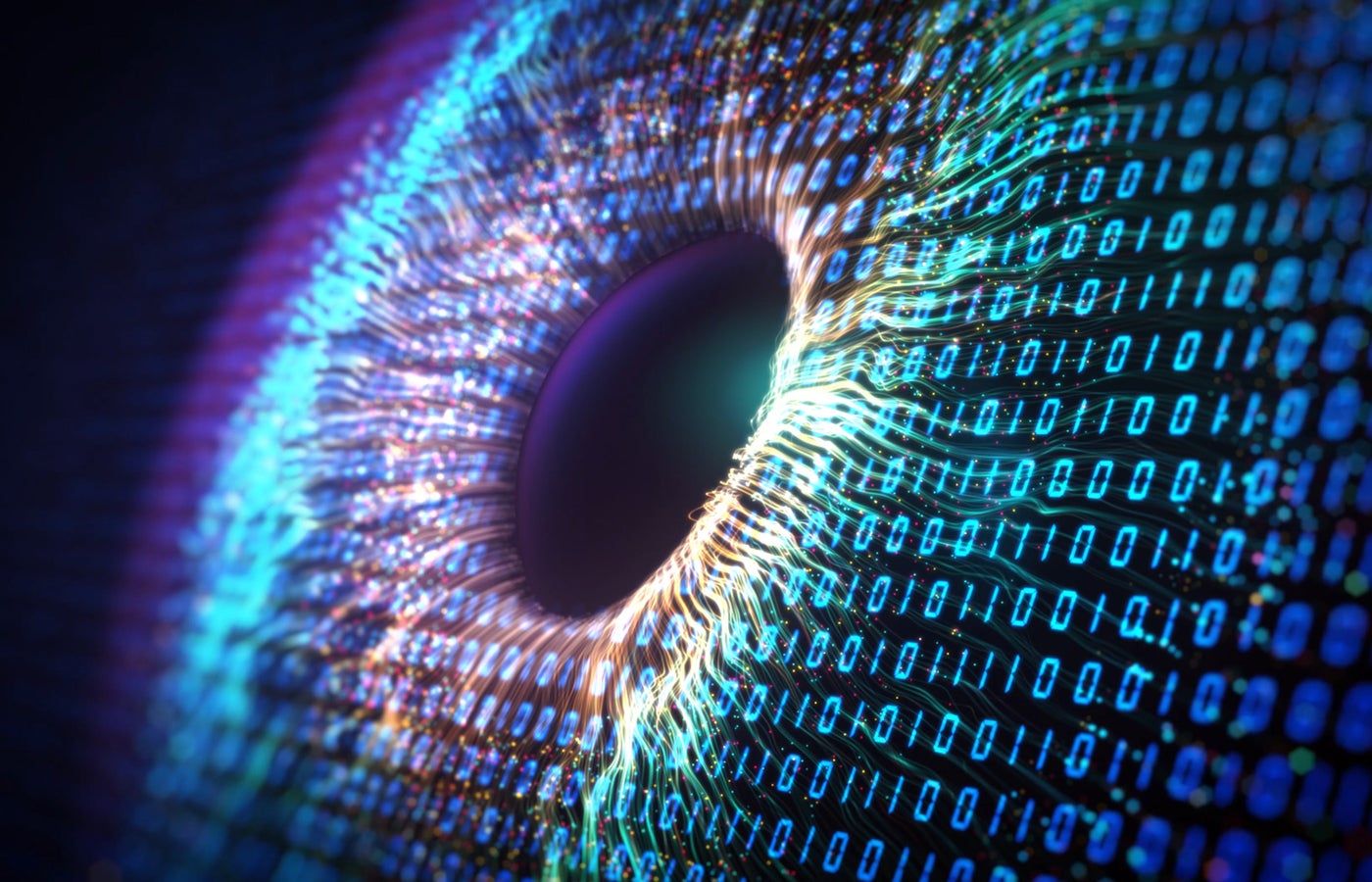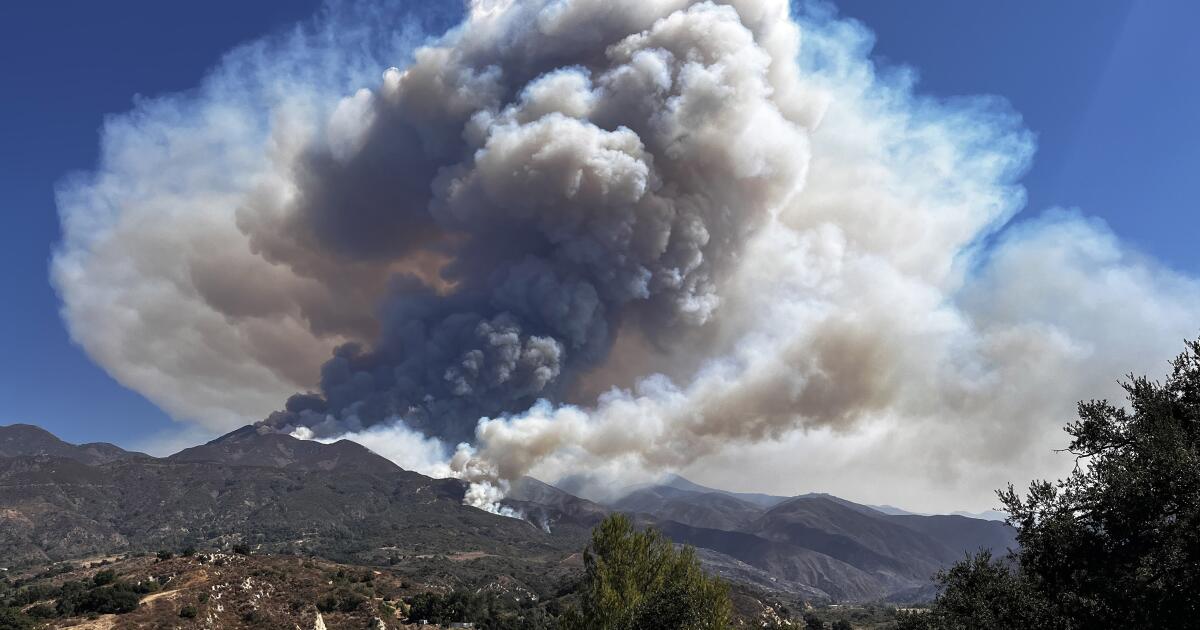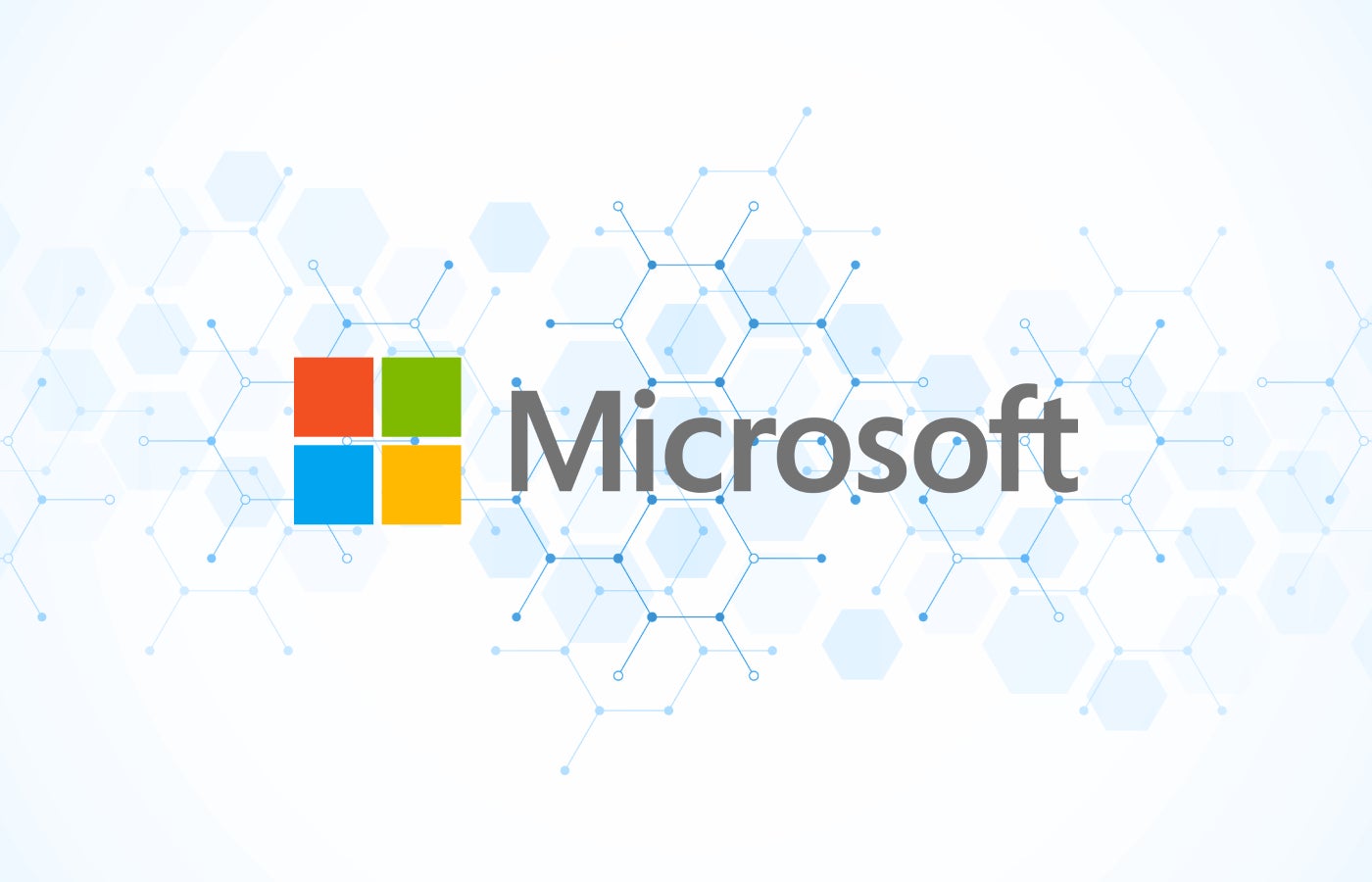| Benefits | Challenges |
|---|---|
|
|
Data visualization is the graphical representation of information and data through visual elements such as charts, graphs, and maps. It enables decision makers to understand and communicate complex ideas to facilitate faster responses to market changes or operational issues. This is especially useful for businesses that rely on collecting and managing massive amounts of data for business analysis and decision making.
That said, to take advantage of the faster analysis and decision-making that data management offers, the need to invest in the right tools and training to avoid creating misleading visualizations can present a challenge for most businesses and budgets. little ones.
How does data visualization work?
Data visualization involves converting data into a graphical representation. This process is often easier and more efficient than analyzing spreadsheets or reports. The tools and software used in data visualization process large sets of data and present them in a visual format that highlights patterns, correlations, and trends that may not be evident from raw data.
SEE: Data visualization often relies on insights from data analysis tools.
The difference between data visualization and traditional reporting comes down to how data visualization offers dynamic graphical representations that allow for deeper exploration of the data. Reports typically include static tables and figures, while data visualization provides engaging, interactive formats.
Types of data visualization
There are a variety of data visualizations, each catering to different types of data and analysis. Common types include:
- Bar graph: To compare values between categories.
- Line charts: Best for analyzing trends over time.
- Pie Charts: Best for showing proportions and percentages within a whole.
- Scatter plot: The best to demonstrate relationships between two variables.
- Heat maps: Best for visualizing complex data patterns such as density or intensity in different areas, often geographical.
The best type of data visualization depends on the needs of the data and the insights being sought. The key is to match the type of visualization to the nature of the data and the questions it needs to answer. The most effective visualization conveys information in the simplest and most direct way possible. Therefore, the best type of visualization will balance complexity and simplicity to avoid confusing your audience while ensuring that you convey information effectively.
Benefits of data visualization
- Simplifying complex data: These tools transform large, complex data sets into more digestible visual formats, which is crucial for understanding large amounts of data without becoming overwhelmed.
- Improved data interpretation: They improve the ability to interpret data by presenting it in a more intuitive and understandable way, making it easier to detect trends, outliers and patterns.
- Faster decision making: Data visualization allows decision makers to quickly capture key insights from data, leading to faster and more informed decision-making processes.
- Identification of trends and patterns: These tools are effective at revealing trends and patterns hidden in raw data, essential for predictive analytics and strategic planning.
- Improved communication and data presentation: Visual data presentations are attractive and easier to understand, making them powerful communication tools, especially in business environments.
Data visualization challenges
- Specific skill requirement for correct interpretation: Correctly interpreting displayed data requires a certain level of skill and understanding, and misinterpretation can lead to incorrect conclusions.
- It can be misleading if not designed well: Poorly designed visualizations can be misleading, either by distorting the data or by not highlighting the most important aspects.
- Depending on the quality of the underlying data: The effectiveness of data visualization depends on the quality and accuracy of the data being displayed.
- Potential for information overload: If not managed properly, visualizations can lead to information overload, making it difficult to discern the most relevant insights.
- May require a significant investment in tools and training: Effectively implementing data visualization tools requires investment in the right tools and staff training, which can be an important consideration for organizations.
Data visualization use cases
Data visualization is particularly good at identifying patterns and relationships in data, communicating insights clearly and effectively, and supporting decision-making processes in business and many other fields. Some notable examples include:
Healthcare data analysis
Data visualization is used to track diseases, manage hospital resources, and analyze patient data for trends and patterns. For example, during the onset of the COVID-19 pandemic, visualization tools were crucial for monitoring the spread of the virus and resource allocation.
Financial market analysis
Financial institutions use data visualization to track market trends, analyze stock performance, and make investment decisions. Complex financial data is transformed into understandable charts and graphs, which play a very important role in assisting in risk assessment and portfolio management.
Analysis of sports performance.
Sports teams and coaches use data visualization to evaluate player performance, plan strategies, and improve their training methods. They can better understand complex statistics and make data-driven decisions for team composition and game tactics.
Retail and sales analysis.
Retailers use data visualization to track sales trends, customer behavior, and inventory management. It helps them identify popular products, understand customer preferences, and optimize supply chain processes.
Environmental monitoring
Data visualization is used in environmental science to track climate changes, monitor pollution levels, and study wildlife patterns. It helps present complex environmental data in a more accessible format, which helps in policy formulation and public awareness.
Cybersecurity threat analysis
Data visualization tools are used to detect patterns in network traffic, identify potential threats, and monitor system vulnerabilities. They transform complex data records into visual formats for easier interpretation and faster response to threats.
Data visualization tools
Data visualization tools are software that assist in the process of converting complex data into graphical representations. These tools come with features that allow users to create a wide range of visualization types, catering to different data analysis needs. Some of the top data visualization tools include:
- Chart: A great option that offers real-time highlight visualizations and is ideal for complex data visualizations.
- Microsoft Power BI: A popular choice for businesses due to its deep integration with other Microsoft products.
- Looker Study: A cloud-based BI and data analytics service with a robust data visualization component that's great for use with other Google products.
- Zoho Analysis: An easy-to-use tool with a wide range of visualization and collaboration options.
- QlikView: A data visualization tool that leverages advanced artificial intelligence and machine learning, its strongest feature being its associative data modeling capabilities.












